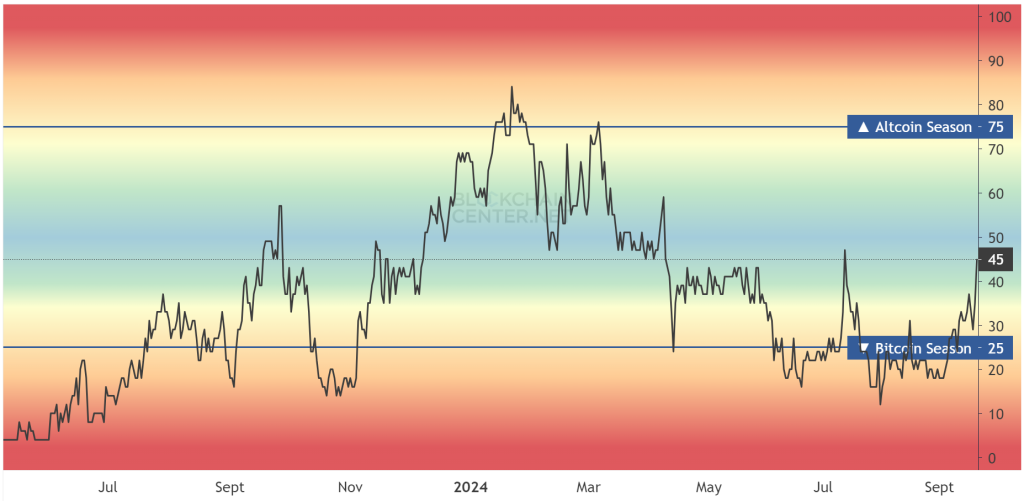Friends, let’s talk about Hong Kong. Things just got very interesting. The Hong Kong Monetary Authority (HKMA) threw down a staggering HK$46.539 billion (roughly $6 billion USD) into the market today – the largest intervention we’ve seen since April 2020. Why? The Hong Kong dollar was getting dangerously close to the strong end of its trading band, hitting 7.75 against the USD. This isn’t just a technical correction; it’s a signal.
Yesterday’s dramatic surge in the HKD wasn’t organic. The HKMA stepped in after market close, bearing the brunt of $6 billion in selling pressure. This demonstrates a firm commitment to defending the peg, no question. Now, bank reserves will swell from HK$46.539 billion to HK$913.09 billion – a hefty injection of liquidity.
Let’s break down what’s happening. The dollar index dipped, giving non-USD currencies a boost. This is a global factor.
But there’s more brewing beneath the surface. Hong Kong stocks are entering dividend season, meaning capital is flowing into the market seeking these payouts.
And, of course, the upcoming long weekend creates a unique demand dynamic. Less liquidity, more pressure.
Here’s a quick refresher on the mechanics:
The HKD is pegged to the USD in a narrow band, trading between 7.75 and 7.85. When the HKD approaches the strong end (7.75), the HKMA intervenes by selling HKD and buying USD.
This increases HKD supply, pushing the rate back down. The funds come from the Exchange Fund, essentially Hong Kong’s reserves.
This intervention isn’t free. It impacts the liquidity landscape. A large injection like this is often interpreted as a sign the authorities are serious about maintaining the peg.
This is a story to watch closely. Is this a one-off intervention, or the start of a broader trend? The devil will be in the details, folks.







